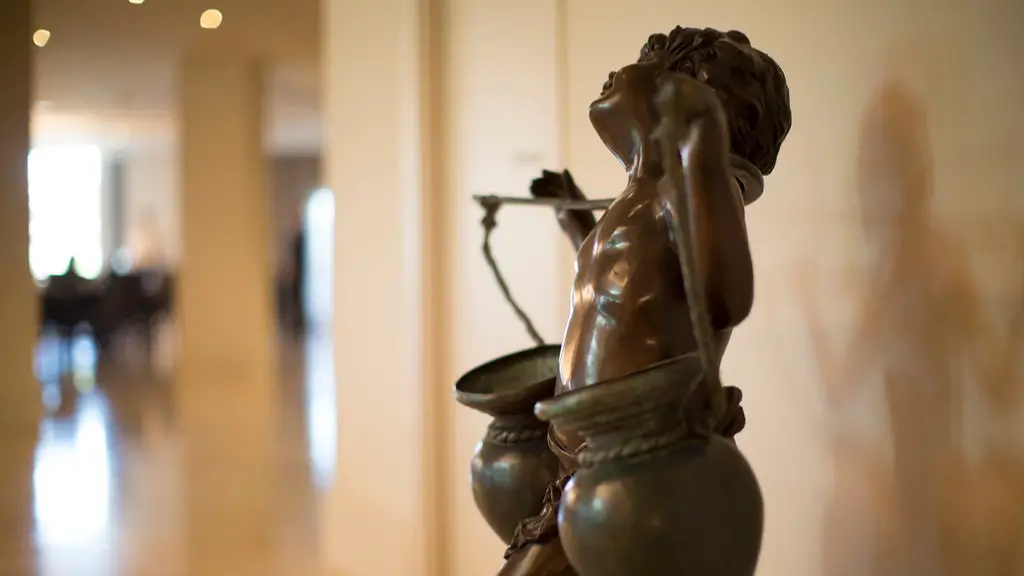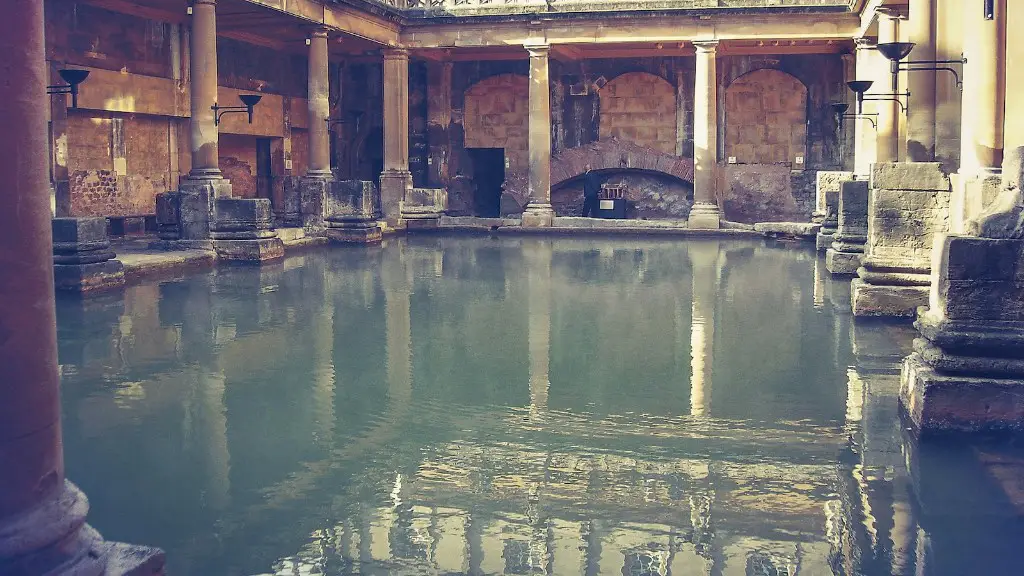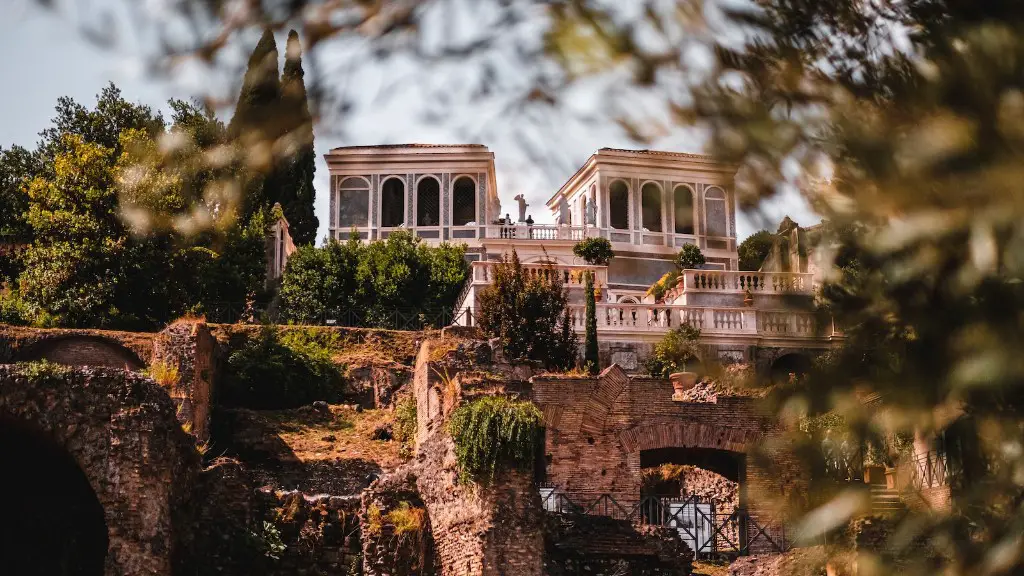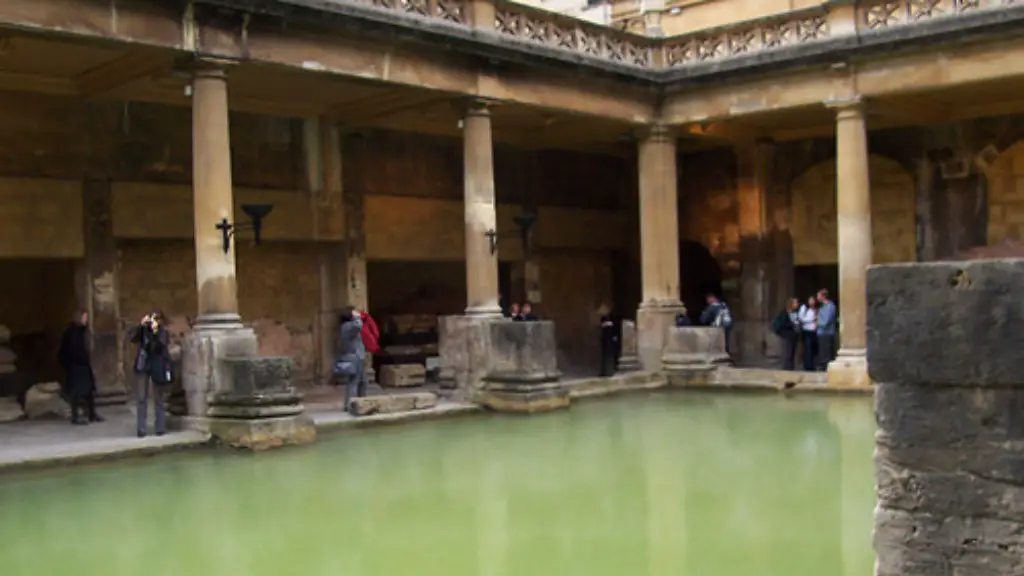1.Traditional Economic Structures
Ancient Rome was a modern economy because it adopted many of the same economic structures that we see in the world today. The Roman Empire was the largest and most powerful in the world at the time, with its tentacles reaching far beyond the Italian peninsula. Its economy was based on agriculture and commerce, and was supported by slave labor, both within and without the empire. The Roman government acted in the interests of its citizens, acting as a buffer between the producers and consumers. Roman law provided the rights of citizens, protection from external threats, and the enforcement of contracts.
2.Fostering Innovation
The Roman Republic was an early adopter of innovation and technology. Roman inventors developed a range of tools and machines to aid in their production. Recent evidence suggests that some of their inventions, such as the water wheel, were close to or already in use during the Republican period. Roman engineers also developed a variety of land surveying techniques that modern-day geologists still rely on. Roman merchants plied their trade in the Mediterranean, bringing in goods from all corners of the world. Rome fostered banking and moneylending, providing citizens with the means to finance their endeavors.
3.Life Quality
For the people of the Republic, life was significantly improved by the economic structures it had established. Unlike in many other ancient societies, Roman citizens had a voice in their government. They had access to markets, where goods could be bought and sold. This fostered trade, reducing prices and improving the quality of life for many. Roman citizens were generally well off; by comparison to other populations in the Mediterranean, Roman citizens were better provided for and had better access to health care and education.
4.Investment in Infrastructure
The Roman Empire was renowned for its advanced infrastructure. Roads and aqueducts were built alongside temples, theaters, and baths, raising the standards of living and health. This infrastructure allowed Rome to bring goods in from the provinces and provided citizens with a variety of services. Through these projects, the Roman economy could thrive on the wealth generated by trade and industry.
5.The Role of Markets
One of the most important elements of the Roman economy was its markets. Roman markets had grown to such an extent that they allowed for the exchange of goods and money on a larger scale. Prices were determined mostly by supply and demand. Markets also had a heavy hand in fixing prices and controlling the wages of laborers. This allowed people to accumulate wealth, as well as to live comfortably.
6.Public Construction Projects
The Romans also invested in large public construction projects. Such projects often provided employment for citizens of the Republic and stimulated the production and distribution of goods. Roads, aqueducts, and public buildings were all built under the auspices of the Roman state. This allowed for a greater distribution of goods and services throughout the Republic, and strengthened relationships between cities and provinces.
7.Strong Currency
The Roman economy was further bolstered by its strong currency. In 63 B.C., the Roman Republic standardized its currency, the sestertius, which was used throughout the Empire. This allowed for a more efficient transfer of goods, money, and services throughout the Republic. The large population of Rome also made it easier to find people who could supply goods or services.
8.Tax Reforms
One of the important economic reforms of the Republic was a series of tax reforms. Taxes had been used since the early Republic to pay for public construction projects and military operations. Tax reform increased tax revenues, further allowing the Republic to invest in public works and infrastructure. This was an important part of the Republic’s success, helping to fund its growth and expansion.
9.Laws Regarding Business
The Roman Republic also had a number of laws and regulations pertaining to business and commerce. Such laws ensured fair dealings between citizens and businesses, as well as preventing fraud and other unethical practices. The Romans also had laws that regulated prices and wages, ensuring that producers and consumers had access to goods at a reasonable cost. This helped to promote fair markets and the accumulation of wealth.
10.The Impact of Colonization
The Roman Republic increased its wealth through its colonization of other territories. Through this, Rome could gain access to key goods such as grain, timber, and metals. This also allowed Rome to export its goods to other areas. Colonies were also governed by Roman law and culture, further strengthening the Republic’s economy.
11.Global Trade
The Roman Republic was engaged in global trade. Through their contacts with the Greeks, the Indians, and the Chinese, the Romans were able to spread their influence and increase their wealth. Trade with China in particular had a profound effect on the Roman economy, as spices, silk, and other goods were brought in from the East.
12.Conclusion
The Roman Republic was a highly advanced and complex economic system. The Republic was built on the foundation of agriculture, commerce, law, and infrastructure investments. They also fostered innovation and developed a global trade network. Finally, Roman tax reforms and laws governing business helped to ensure fair and equal trading. Ultimately, it is clear that Ancient Rome was a modern economy, and its structures laid the foundations for economic systems seen in the world today.



